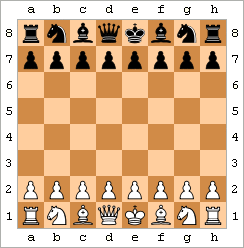
What is the fool’s mate?
the fool’s mate is a chess checkmate pattern that is characterized by its speed of execution, as it can be achieved in as little as two moves. It is considered to be the fastest possible checkmate in the game of chess and it’s often used as a demonstration of the importance of opening chess moves. The pattern involves a combination of the queen and a pawn attacking the enemy king, creating a mating threat.
What is the history of the fool’s mate?
The history of the fool’s mate can be traced back to the 16th century, where it was first recorded in the chess literature. It was referred to as the “fool’s mate” because it is a checkmate that can happen when one player, the fool, makes a careless move. The pattern is considered to be a beginner’s mistake, and it’s not a common occurrence in high-level chess games.
How to execute the fool’s mate?
The key to successfully executing the fool’s mate is the coordination of the queen and the pawn to attack the enemy king. The queen is responsible for attacking the enemy king, while the pawn supports the queen’s attack. The queen and pawn work together to create a powerful attacking force that can quickly overwhelm the enemy’s defenses.
How to set up the fool’s mate?
In order to set up the fool’s mate, the queen should be placed on the second rank, attacking the enemy king and the pawn should be moved two squares forward to support the queen’s attack. The king’s position should be such that it has no other move than to move to a corner where it can be checkmated by the queen and the pawn.